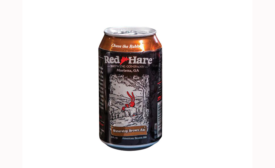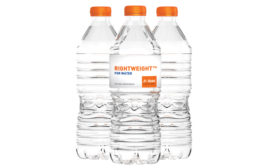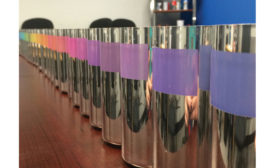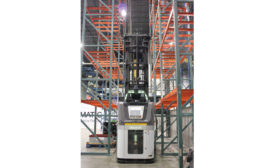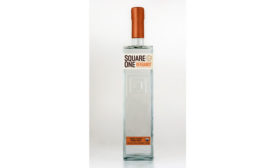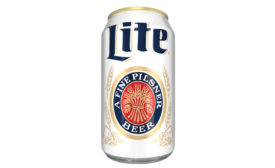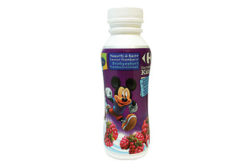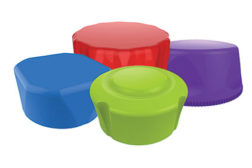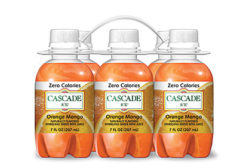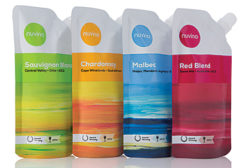Packaging Material
Personalized packaging grows in beverage industry
Customization, innovation grows due to demand
June 15, 2015
Inks and graphics offer connections, experiences
Beverage brands use innovations to stand out on the shelf
June 15, 2015
ProMat 2015 post-show report
Tradeshow highlights latest supply chain solutions
May 15, 2015
Premiumization impacting beverage packaging design
Brand messaging key for new beverages and package redesigns
May 15, 2015
Which packaging material best fits your brand?
Beer can celebrates its 80th anniversary
April 15, 2015
Shrink and stretch labels: What they are and how to find them
Shrink and stretch labels improve product recognition
February 16, 2015
SKU proliferation, customization trends impacting caps and closures
Beverage-makers use caps and closures to convey branding
January 16, 2015
The Best Packages of 2014
Readers name Cascade Ice's can-sized bottle as top package
December 12, 2014
Alternative packaging options appeal to on-the-go consumers
Pouches, cartons, aseptic containers and bag-in-box packages also meet needs of health- and eco-conscious consumers
October 16, 2014
Elevate your expertise in the beverage marketplace with unparalleled insights and connections.
Join thousands of beverage professionals today. Shouldn’t you know what they know?
JOIN NOW!Copyright ©2024. All Rights Reserved BNP Media.
Design, CMS, Hosting & Web Development :: ePublishing
